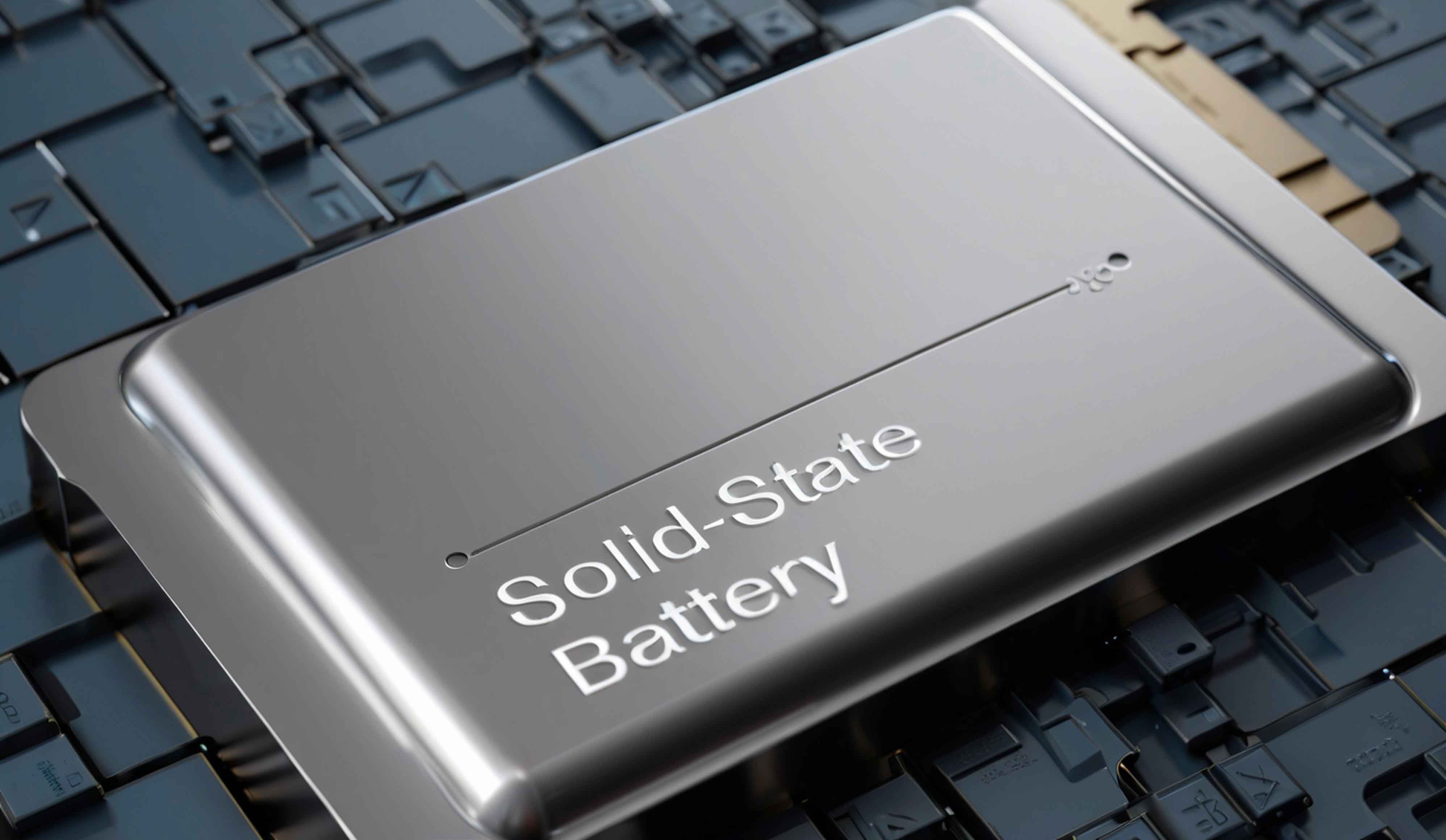As a researcher deeply entrenched in the energy storage revolution, I find the race toward solid-state battery commercialization both exhilarating and daunting. The year 2027 looms as a critical milestone, with governments, corporations, and academia converging to redefine the future of electric vehicles, portable electronics, and grid storage. This article dissects the technological, economic, and regulatory landscapes shaping this transition, leveraging data-driven insights, comparative tables, and predictive formulas to map the trajectory of solid-state batteries.

1. The Imperative for Solid-State Batteries
Solid-state batteries (SSBs) promise to overcome the limitations of conventional lithium-ion batteries (LIBs), such as flammability, limited energy density, and slow charging rates. By replacing liquid electrolytes with solid counterparts—ceramics, polymers, or composites—SSBs theoretically achieve:
- Higher energy density: E=C⋅VmE=mC⋅V, where CC is capacity, VV is voltage, and mm is mass. SSBs could reach 500–600 Wh/kg, doubling LIBs’ current ~250 Wh/kg.
- Enhanced safety: Elimination of flammable electrolytes reduces thermal runaway risks.
- Longer lifespan: Projected 1,000+ cycles at 80% capacity retention.
Despite these advantages, SSBs face formidable barriers: material costs, manufacturing scalability, and interfacial instability between electrodes and solid electrolytes.
2. Technological Hurdles and Progress
Key Challenges
- Electrolyte Material Selection:
- Oxide-based (e.g., Li₇La₃Zr₂O₁₂): High ionic conductivity (σ>10−3 S/cmσ>10−3S/cm) but brittleness.
- Sulfide-based (e.g., Li₁₀GeP₂S₁₂): Superior σσ (~10−2 S/cm10−2S/cm) but moisture sensitivity.
- Polymer-based: Flexible yet low σσ (<10−4 S/cm10−4S/cm).
- Electrode-Electrolyte Interface: Dendrite growth and contact resistance degrade performance.
Recent Breakthroughs
Table 1 summarizes advancements by leading entities:
| Entity | Electrolyte Type | Energy Density (Wh/kg) | Cycle Life | Target Year |
|---|---|---|---|---|
| Toyota | Sulfide | 450 | 1,200 | 2027–2030 |
| QuantumScape | Oxide | 500 | 800 | 2025–2027 |
| Samsung SDI | Composite | 480 | 1,000 | 2027 |
| Solid Power | Sulfide-Polymer | 430 | 900 | 2026–2028 |
These innovations signal incremental progress but underscore the need for standardized testing protocols.
3. Intellectual Property and Regulatory Catalysts
Intellectual property (IP) protection, particularly in China, has emerged as a linchpin for SSB development. The Intellectual Property Protection Law revisions in 2027 aim to:
- Accelerate patent approvals for solid-state battery innovations.
- Mitigate technology leakage through stricter enforcement.
- Foster cross-border collaborations (e.g., China-EU joint ventures).
China’s dominance in LIB supply chains (70% global production) positions it to replicate this success in SSBs, contingent on resolving IP disputes.
4. The 2027 Commercialization Timeline
The convergence of three factors will determine SSBs’ market entry:
- Cost Reduction: Current SSB production costs hover at ~500/kWh,comparedtoLIBs′500/kWh,comparedtoLIBs′100–150/kWh. Economies of scale could drive SSB costs down via:
- Cost=Fixed CostsN+Variable CostsCost=NFixed Costs+Variable Costs, where NN = annual production volume.
- Projections suggest $200/kWh by 2027 if N>10 GWh/yearN>10GWh/year.
- Manufacturing Scalability: Roll-to-roll processes and dry-room techniques are being optimized to bypass vacuum environments.
- Automaker Commitments:
- BMW and Ford plan SSB-equipped EVs by 2027–2028.
- Tesla remains skeptical, prioritizing LIB improvements.
5. Economic and Environmental Impact
Adopting SSBs could reshape global markets:
| Sector | Projected SSB Market Share (2030) | CO₂ Reduction Potential (Mt/year) |
|---|---|---|
| Electric Vehicles | 15–20% | 120–150 |
| Consumer Electronics | 30–40% | 20–30 |
| Grid Storage | 10–15% | 50–70 |
The formula CO₂ Savings=SSB Efficiency Gain×Adoption Rate×Energy DemandCO₂ Savings=SSB Efficiency Gain×Adoption Rate×Energy Demand quantifies environmental benefits.
6. Beyond 2027: The Road to 2030
Post-2027 priorities include:
- Solid-State Battery Recycling: Developing closed-loop systems to recover lithium and rare metals.
- Solid-State Sodium-Ion Hybrids: Lower-cost alternatives for stationary storage.
- AI-Driven Material Discovery: Machine learning accelerates electrolyte optimization.
7. Conclusion
The year 2027 represents a make-or-break moment for solid-state batteries. While technical and economic hurdles persist, collaborative IP frameworks, manufacturing breakthroughs, and automaker investments suggest a 60–70% probability of limited commercial deployment by 2027. Success hinges on aligning innovation with scalability—a challenge as formidable as the technology itself. As the countdown continues, one truth remains: the solid-state battery revolution is not a matter of if, but when.
